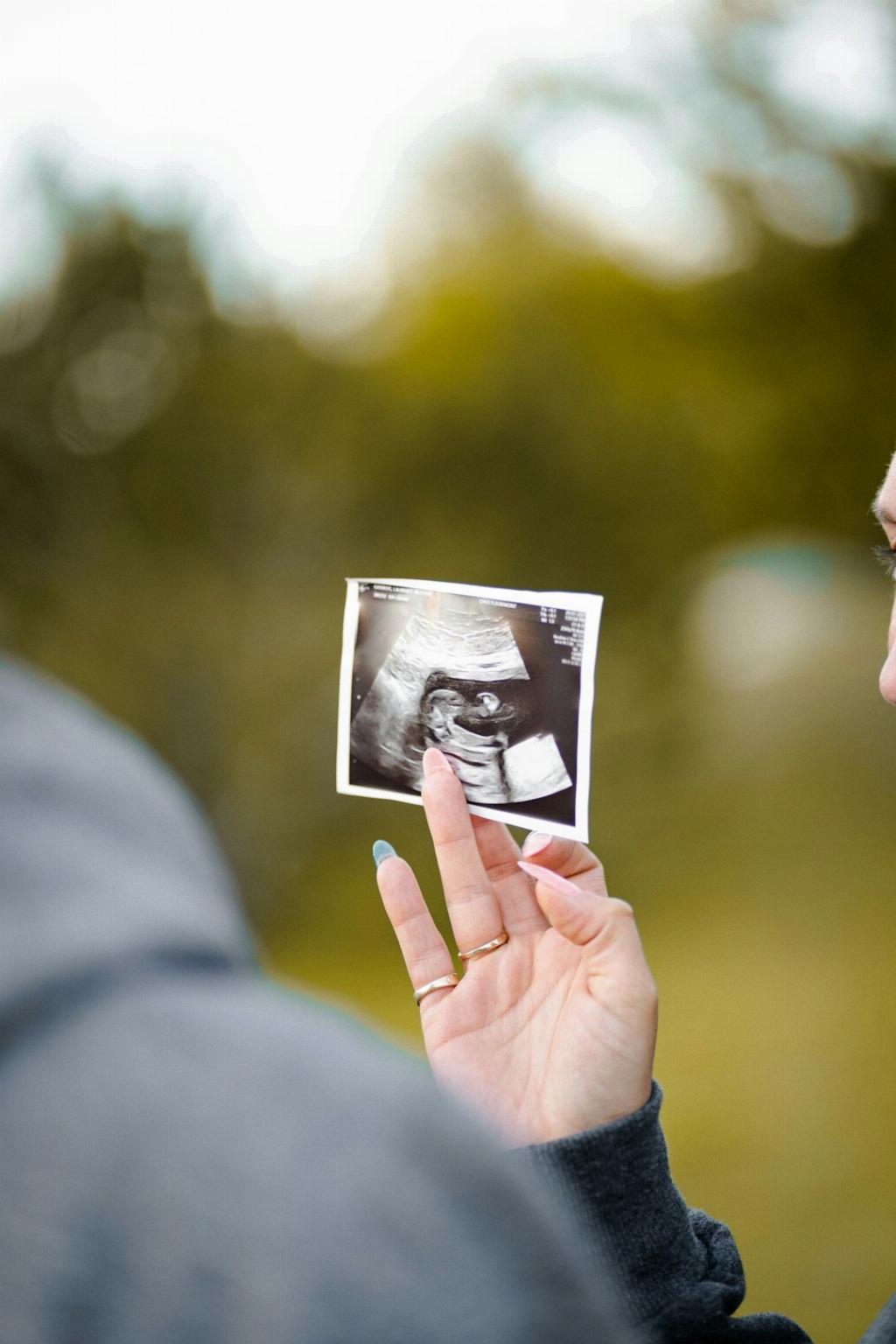When discussing the accuracy of the frog pregnancy test, it is crucial to delve into the details provided regarding the test results. In the case outlined, the individual conducted 295 tests using a total of 2,112 frogs as test subjects. The results conveyed that every clear positive indication pointed towards pregnancy, with few initial negative results turning positive upon retesting after a fortnight.
Understanding the context of the test results is essential in evaluating the accuracy of the frog pregnancy test. The fact that all clear positive indications correlated with pregnancy is a significant finding, indicating a high level of accuracy in detecting pregnancy within the test subjects. Additionally, the few cases of initially negative results turning positive upon retesting suggest a degree of sensitivity in the test method.
It is important to consider the potential implications of the test accuracy in practical applications. If the frog pregnancy test consistently yields positive results for pregnant individuals and shows sensitivity in detecting pregnancy even after initial negative results, it could serve as a reliable method for identifying pregnancy in frogs. This reliability is crucial in various scientific and environmental studies that rely on accurately determining the reproductive status of frog populations.
Further examination of the test procedure and its mechanisms can provide valuable insights into the factors contributing to its accuracy. The specificity of the test in distinguishing pregnant frogs from non-pregnant ones, as evidenced by the correlation between positive results and actual pregnancies, highlights the test’s efficacy in identifying pregnancy with a high degree of certainty.
Considering the results presented, it is evident that the frog pregnancy test demonstrates a notable level of accuracy in detecting pregnancy among the test subjects. The consistency of positive results indicating pregnancy, coupled with the sensitivity of the test to detect pregnancy even in cases of initial negativity, reinforces the reliability of the test in identifying pregnant frogs.
Reflecting on the implications of the test accuracy, it becomes apparent that the frog pregnancy test holds promise as a valuable tool in reproductive studies and conservation efforts concerning frog populations. By providing a reliable method for assessing the reproductive status of frogs, the test contributes to the advancement of knowledge in amphibian biology and aids in conservation initiatives aimed at preserving frog species.
Examining the test results through a critical lens underscores the significance of the findings in validating the accuracy of the frog pregnancy test. The absence of false positives and the ability of the test to detect pregnancies even in cases of initial negative results testify to the robustness of the test method and its reliability in identifying pregnant frogs.
Considering the broader implications of the test accuracy in scientific research and conservation practices underscores the importance of reliable and accurate methods for assessing the reproductive status of frog populations. The consistent positive indications of pregnancy in the test results offer insight into the efficacy of the frog pregnancy test as a trustworthy tool in reproductive studies and conservation efforts.
Exploring the nuances of the test procedure and its outcomes sheds light on the intricacies of detecting pregnancy in frogs through the frog pregnancy test. The test’s ability to accurately identify pregnant individuals and its sensitivity in detecting pregnancies even after initial negative results highlight the effectiveness of the test in providing precise and reliable results.
Delving into the details of the test results unveils the strengths of the frog pregnancy test in accurately determining the pregnancy status of frogs. The consistent correlation between positive test results and actual pregnancies, along with the test’s sensitivity in detecting pregnancies, underscores the reliability and accuracy of the test in identifying pregnant frogs.
In conclusion, the evidence presented regarding the accuracy of the frog pregnancy test indicates a high level of reliability in detecting pregnancy among test subjects. The consistent positive indications of pregnancy, coupled with the sensitivity of the test to identify pregnancies even after initial negative results, reinforce the efficacy and accuracy of the frog pregnancy test as a valuable tool in reproductive studies and conservation efforts.

